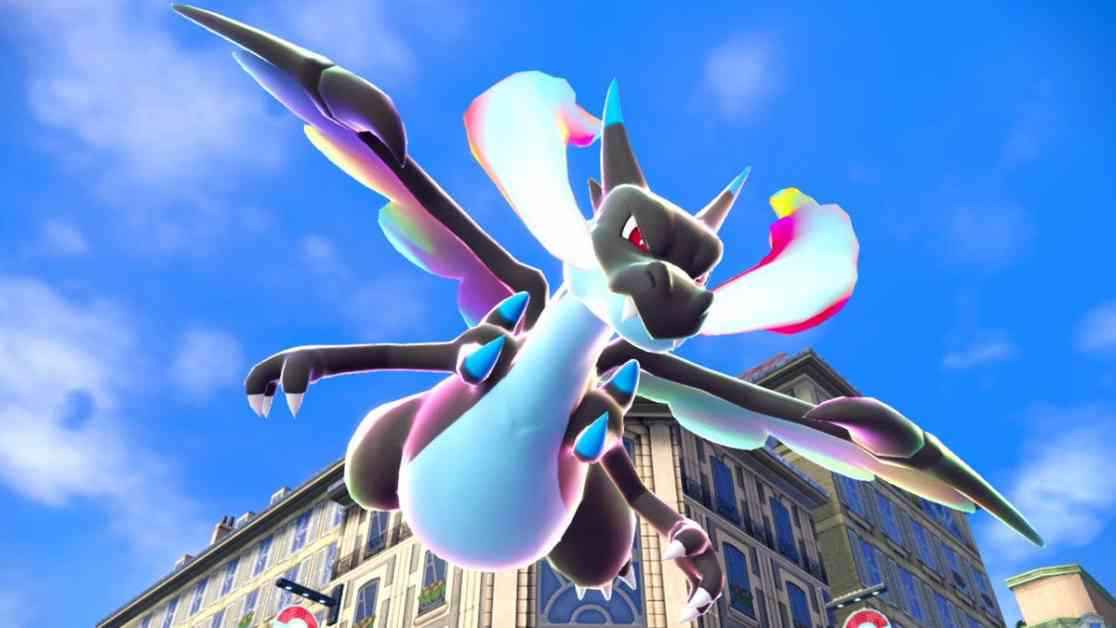The Pokémon community is abuzz with anticipation and speculation as the upcoming game, Pokémon Legends: Z-A, is set to launch on the Nintendo Switch later this year. With just a brief glimpse of the game in action, fans are already embroiled in the age-old debate that has surrounded the series since its transition to 3D graphics with X and Y: Is Pokémon Legends: Z-A visually unappealing?
Over the years, modern Pokémon games have faced criticism for technical issues, but the discussion around the series’ graphics and art style goes beyond mere technical limitations. The latest installment, Legends: Z-A, has come under intense scrutiny following the release of games like Scarlet and Violet, which departed from the intimate, handcrafted environments of their predecessors in favor of a more expansive open-world approach. This shift has left the fandom divided, with some praising the new direction and others lamenting the departure from the series’ roots.
Personally, I was disheartened to see Legends: Z-A adopt the quirky, toy-like visual style of Scarlet and Violet instead of the stylized aesthetic seen in Legends: Arceus. However, upon closer inspection, it becomes apparent that there are some improvements in terms of color saturation, environmental details, and overall performance. Despite these enhancements, the question of whether Legends: Z-A is aesthetically inferior to its predecessors remains a hot topic of debate among fans.
One of the key distinguishing features of Legends: Z-A is its shift towards a more contained world, with the entire game taking place within Lumiose City. This deliberate choice seems to address some of the technical issues that plagued previous open-world entries like Legends: Arceus and Scarlet / Violet, offering a smoother gameplay experience. Yet, the fundamental question of whether these changes are enough to overcome the perceived shortcomings in the game’s art style continues to linger.
While I am intrigued by some of the new gameplay mechanics introduced in Legends: Z-A, such as real-time battles, I can’t help but feel a sense of disappointment regarding its visual direction. The shift towards a more generic art style akin to Scarlet and Violet is a missed opportunity for Game Freak to showcase their creativity and design prowess. Looking back at past games like Sword and Shield, which featured visually striking towns like Ballonlea with its vibrant bioluminescent mushrooms, it’s evident that Game Freak is capable of creating stunning environments when given the opportunity.
As the release date of Pokémon Legends: Z-A draws closer, fans are hopeful that there will be further visual enhancements to elevate the overall gaming experience. While the debate over the game’s aesthetics rages on, one thing remains certain – the passion and dedication of the Pokémon community continue to drive the series forward. Until then, it’s a relief to see that at least the trees in the game are not causing any controversy.

